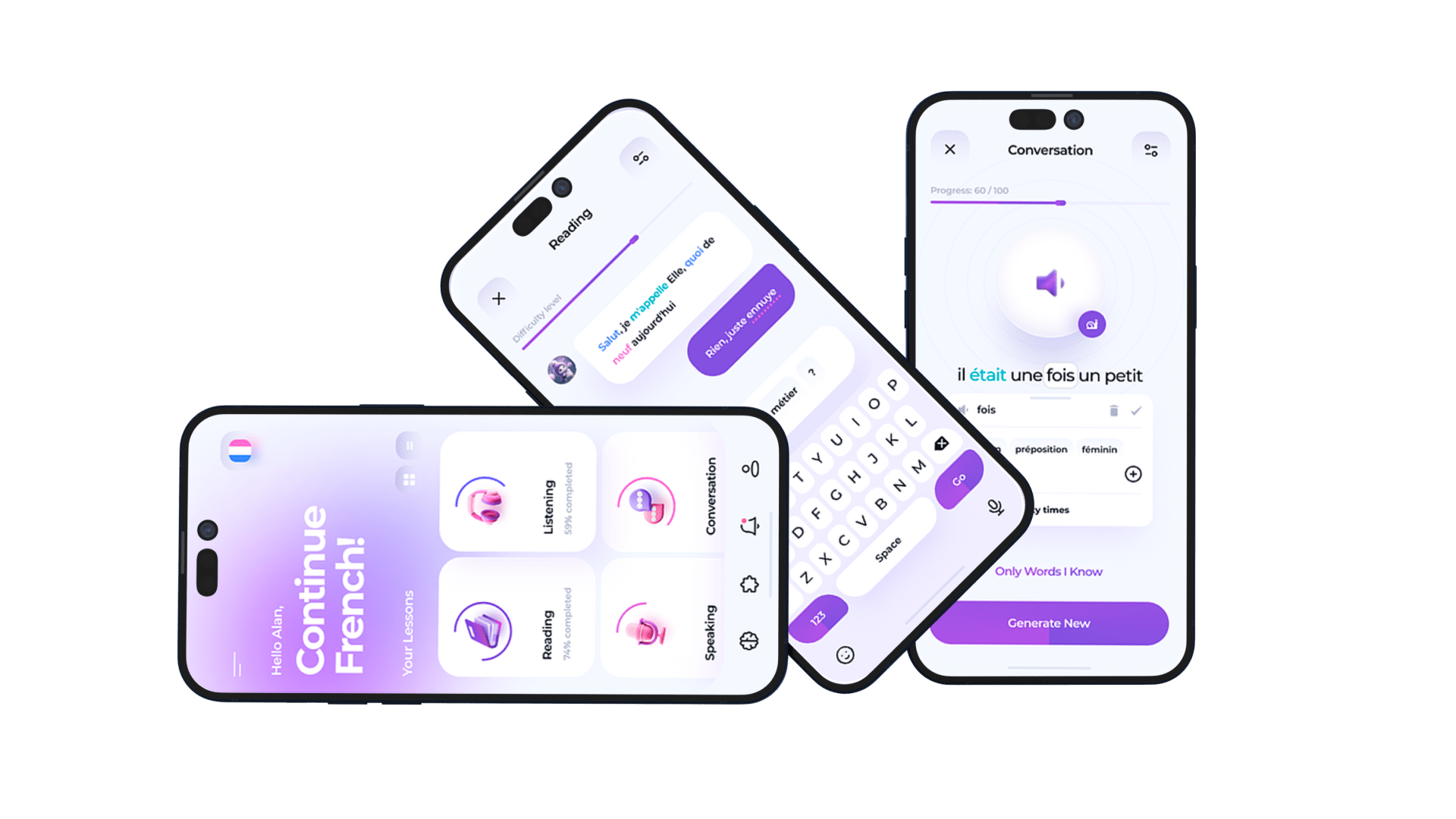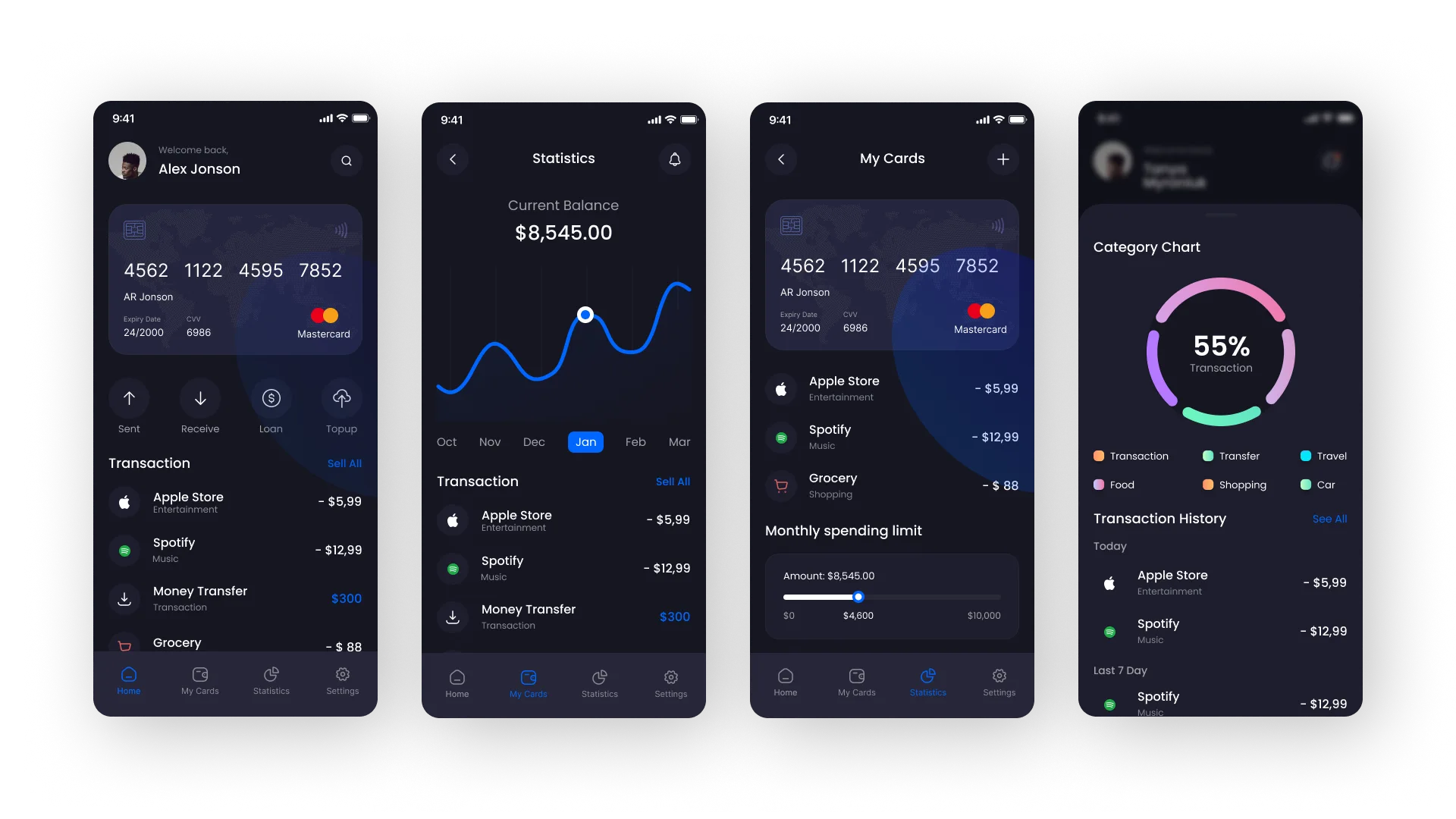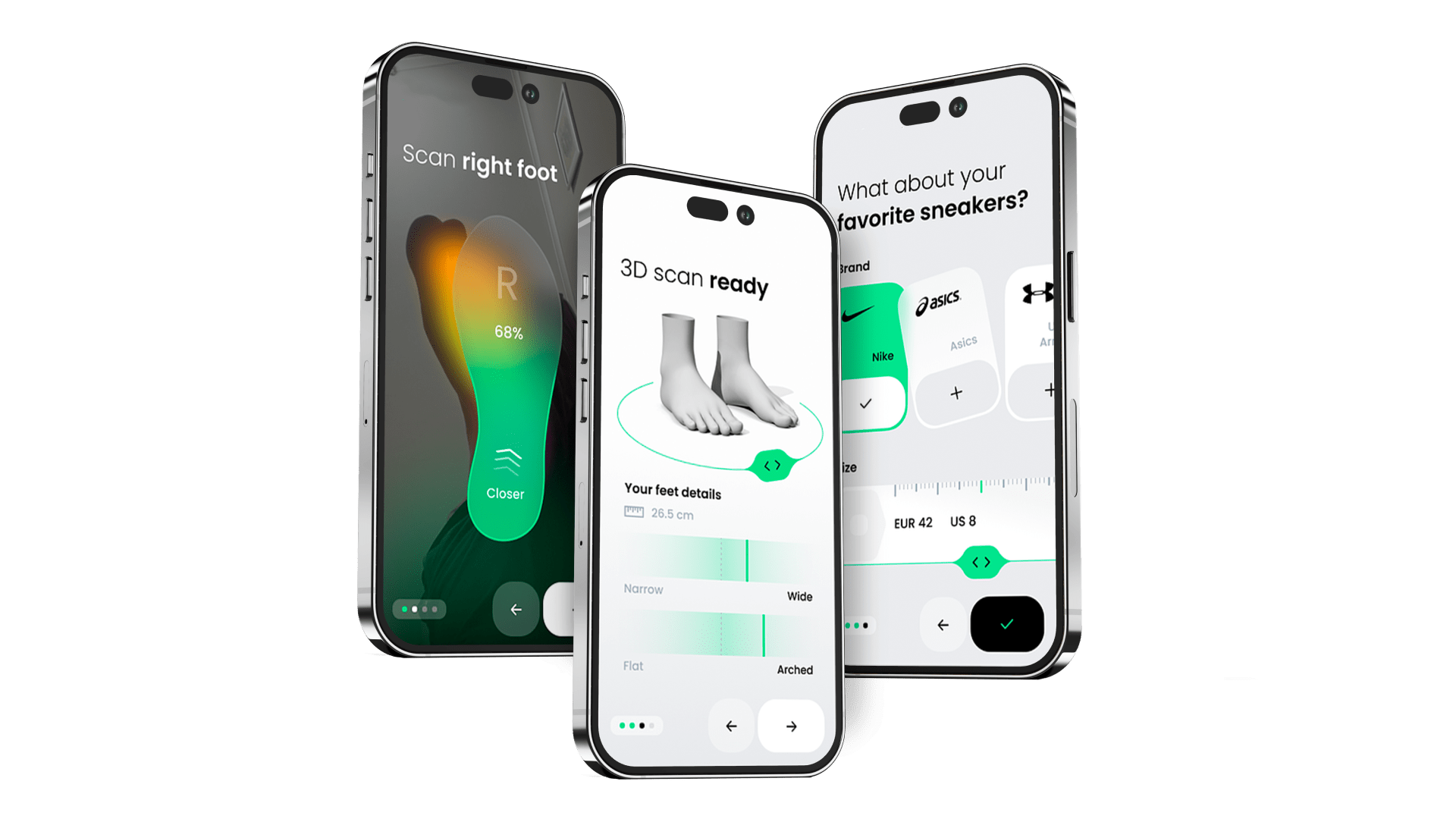Modern business cannot do without mobile solutions that provide convenient and prompt interaction with customers. This material examines in detail the main aspects of creating such solutions: from defining goals and developing a prototype to testing and entering the market.
We will discuss popular categories of solutions, stages of their development and the importance of choosing a qualified team. We will also touch on monetization models that will help effectively promote the product and attract users.

It is critical for entrepreneurs to stay up-to-date with current marketing trends. From retail and telecommunications to e-commerce, insurance, healthcare and government, organizations in all industries strive to meet user expectations by offering convenient and fast ways to conduct transactions and access information.
Today, mobile devices and the utilities created for them are becoming the main means of connecting people and businesses to the Internet. In order to always be connected, relevant and successful, organizations must not only have a well-designed website, but also be adapted for mobile devices. Therefore, the development of applications for mobile devices is becoming a strategic decision for businesses, regardless of the stage of development of the enterprise.
As of today, there are 5 main categories:
Regardless of what request the client addresses to the specialist, all the nuances and stages of the project creation must be observed.

When discussing the main stages of mobile application development, it is necessary to approach the issue comprehensively and divide the task into separate components.
The procedure begins with setting the goals and objectives of the future project, as well as analyzing existing solutions on the market. This helps to identify the shortcomings of competitors and offer the target audience a unique selling proposition. The next stage is to determine the business model, budget and deadlines.
The key factor for success is the well-coordinated work of the team. The choice between attracting external specialists and using internal resources affects its composition, but regardless of the strategy, it is necessary to combine the efforts of the marketing, sales and IT departments to create a high-quality prototype focused on user needs and ensuring the security of the system. This lays a solid foundation for further development.
After creating a prototype, it is presented to stakeholders for feedback and adjustments. After testing the functionality and performance, the last shortcomings are eliminated, and the application is ready for the final launch. Such a methodical approach ensures the successful launch of the project to the market (App Store and Play Market).


Whether it is a game or a business optimization tool, increasing financial capital is always a good idea for a company. You can either combine or use the following methods separately:

At first glance, a mobile solution seems to be something simple and basic. But behind it is a whole galaxy of IT specialists creating digital synergy. The main roles in the development of a mobile application include specialists in different fields:
(Ua) Розробка мобільних додатків – це комплексний процес, що включає безліч етапів і методологій, від аналізу ринку та проєктування UX-дизайну до бекенд-розробки та тестування. В умовах стрімкого розвитку технологій і потреб користувачів, що змінюються, успіх проєкту вимагає від розробників не тільки глибоких технічних навичок, але і вміння швидко адаптуватися до нових викликів.
By choosing AVADA MEDIA, the client can be sure that his application will meet modern standards, providing high quality user experience.
Contact the experts Have a question?
Developed by AVADA-MEDIA™
The user, filling out an application on the website https://avada-media.ua/ (hereinafter referred to as the Site), agrees to the terms of this Consent for the processing of personal data (hereinafter referred to as the Consent) in accordance with the Law of Ukraine “On the collection of personal data”. Acceptance of the offer of the Consent is the sending of an application from the Site or an order from the Operator by telephone of the Site.
The user gives his consent to the processing of his personal data with the following conditions:
1. This Consent is given to the processing of personal data both without and using automation tools.
2. Consent applies to the following information: name, phone, email.
3. Consent to the processing of personal data is given in order to provide the User with an answer to the application, further conclude and fulfill obligations under the contracts, provide customer support, inform about services that, in the opinion of the Operator, may be of interest to the User, conduct surveys and market research.
4. The User grants the Operator the right to carry out the following actions (operations) with personal data: collection, recording, systematization, accumulation, storage, clarification (updating, changing), use, depersonalization, blocking, deletion and destruction, transfer to third parties, with the consent of the subject of personal data and compliance with measures to protect personal data from unauthorized access.
5. Personal data is processed by the Operator until all necessary procedures are completed. Also, processing can be stopped at the request of the User by e-mail: info@avada-media.com.ua
6. The User confirms that by giving Consent, he acts freely, by his will and in his interest.
7. This Consent is valid indefinitely until the termination of the processing of personal data for the reasons specified in clause 5 of this document.
Send CV
Contact us in any convenient way for you:
+ 38 (097) 036 29 32